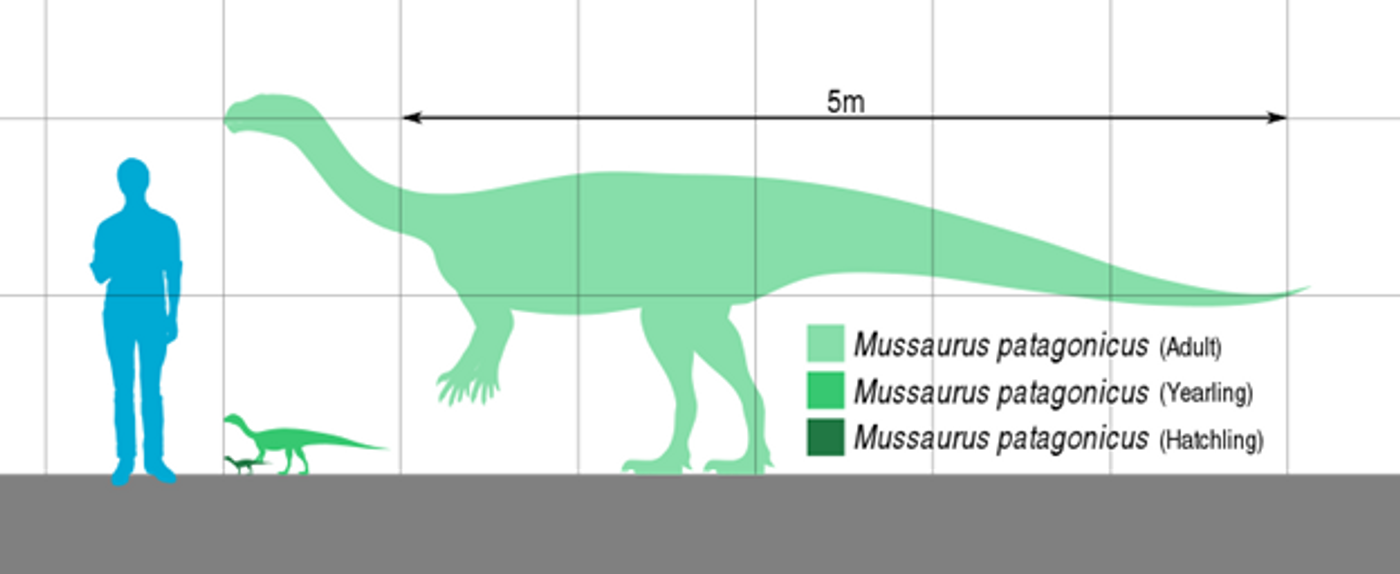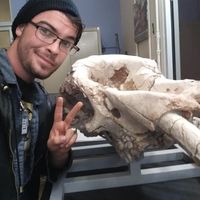Understanding of the Social Lives of Dinosaurs - Herd Behavior Identified for the First time in Argentina
Recently, a collaborative effort between paleontologists in Argentina, South Africa, and the Massachusetts Institute of Technology (MIT) discovered data suggesting certain dinosaurs species lived in cohesive herds.
What they discovered was evidence of a separation in the deposition of different age groups of dinosaurs. For example, the embryotic eggs were separate from the juveniles, and the juveniles were separated from older individuals. This physical evidence points to a stratified group or herd of dinosaurs, like a troop of elephants today. This is so important because it’s the first time we have found clear physical evidence of group rearing strategies in dinosaur populations.
Meet Mussaurus patagonicus, an adorable five-foot-tall early sauropod or “long neck” dinosaur from the late Triassic period of Patagonia. The most prolific “egg layer” in Argentina, had this dinosaur not lived 221-210 Million years ago it would have made for one ideal pet if you ask me. For the better part of a decade paleontologists have been studying hundreds of eggs preserved for millions of years in exquisite detail. Fossil eggs can provide a treasure trove of scientific data including everything from phylogenies (family trees), diet, and even behavior.
There has been an ongoing debate in the paleontological community about how dinosaurs congregated or segregated themselves. This is because it is extremely difficult to infer an animal’s behavior solely on its fossils, since most of the context for those finds are incomplete or purely depositional.
Incredibly, fossil embryos were discovered by performing CT scans on the eggs. This amazing discovery allowed scientists to identify the nest by species. Much like the discovery of the Oviraptor in the Gobi Desert of Mongolia by legendary paleontologist Roy Chapman Andrews.
The name oviraptor roughly translates to “egg thief” due to the discovery of so many skeletons associated with nests. This theory was later proven false by the discovery of persevered oviraptor embryos. It turns out that these dinosaurs were good mothers, and not egg thieves. This nerdy little anecdote is just and alliteration as to why discoveries of preserved nests with embryos, remains, and trace fossils are critical to painting a clear picture of nesting behavior in dinosaurs. This discovery in Argentina is sure to make an impact on our understanding of dinosaur evolution.









